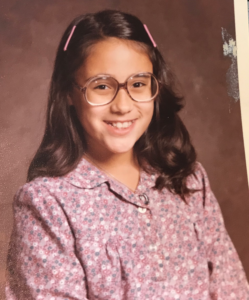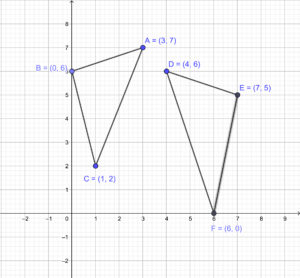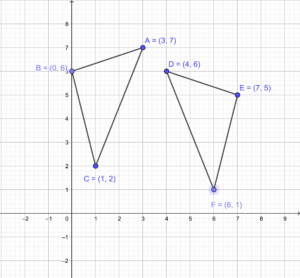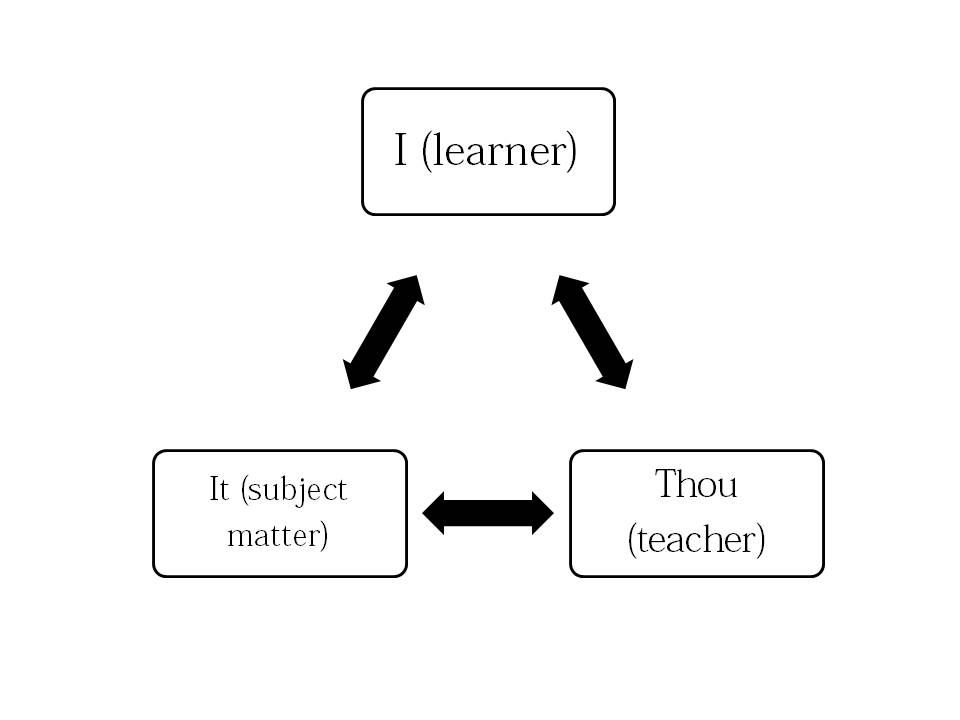I’ve always considered myself a rational person. I mean, I majored in math and then went on to get a masters in pure math. I really always loved the logic and thought that went into proof and how I could think rationally about so many things in life. Even when life threw me curve balls, I could find a way to rationalize most things and think them through in some way.
In 1996, my mother died of colon cancer at age 56 – probability of a female getting colon cancer at that age around that time was about .018%.
In 2015, my father succumbed to a number of cancers (but mainly breast cancer that metasticized in his brain) at the age of 83. He was quite a fighter – probability of a male getting breast cancer now is about .01%.
In November 2018, my son, at age 21 has been diagnosed with Acute Myeloid Leukemia – probability of this happening is 0.2%. (all from cancerstatisticscenter.cancer.org )
All of the doctors say that none of these are related to each other at all – independent events, right? So the probability of this happening in my life is 3.6 x 10^-5. Pretty crazy, huh? Next to impossible, probably isn’t supposed to happen to anyone.
After trying to deal with this rationally, I decided to deal with it irrationally. I wouldn’t talk to anyone about it. Clearly no one could help – what was the point of discussing it with anyone? Loss, grief and sadness were always a part of my life and this was nothing new. I just had to suck it up and get over it. Do my best and move on. Get through it, I always did.
My husband refused though. We deal with things differently. He wanted to tell the world. He writes emails giving people updates about how my son is doing – people I haven’t even met and I felt it was a huge invasion of our privacy. But something happened that totally surprised me. These people, some I knew and some I didn’t know, started sending us things – cards, notes, emails, gifts cards to Panera, cookies, offers to make us dinner, and many other things I never expected. I couldn’t fathom why they would do this. I would say to them, “I don’t know how to repay you.” And their response would always be, “You don’t have to, just pay it forward.”
180 degree turn to the world today – students in MAGA hats harrassing indigenous peoples at a protest rally, supreme court upholding the ban on transgender peoples in the armed forces, our bullying, self-absorbed president keeping federal workers from having their paychecks, Republican elected officials losing their integrity and concept of their job to look out for their constiuents – what is happening? Where is the kindness and care in the world today? I was losing it quite regularly.
In all of this confusion in my brain, I felt the need to let people know that I had to cancel some public speaking and courses that I had committed to this spring. I was nervous about tweeting about something so personal, but I know some folks who follow might have been trying to sign up for my course or looking forward to my NCTM talk.
That’s when it hit me. I received so much love, support and kindness from the virtual PLC of math teachers that I did not expect. I could not believe it. People I knew, people I knew virtually, people I’ve never met – all reaching out and telling me that they cared and wished us the best in this struggle. It was an interesting comfort at a time when my personal struggle was being exacerbated by the complex chaos of the world today.
I do believe that there is no balance between chaos and calmness. We just learn to take both as it comes. The peace that was given to me from the #MTBoS and #iteachmath community definitely allowed me the moment of calm that I needed and I will always remember that. You all are surely paying it forward from someone who did something for you and I hope that I can do the same someday. I do think that teaching has something to do with paying it forward as we do every day, honestly. People say they teach because they love it. But in some way, the relationality that it takes to be a good teacher, be open with people and understand our students is the way in which we pay it forward every day.
Thank you so much for giving me this moment of calm at this time in my life.




